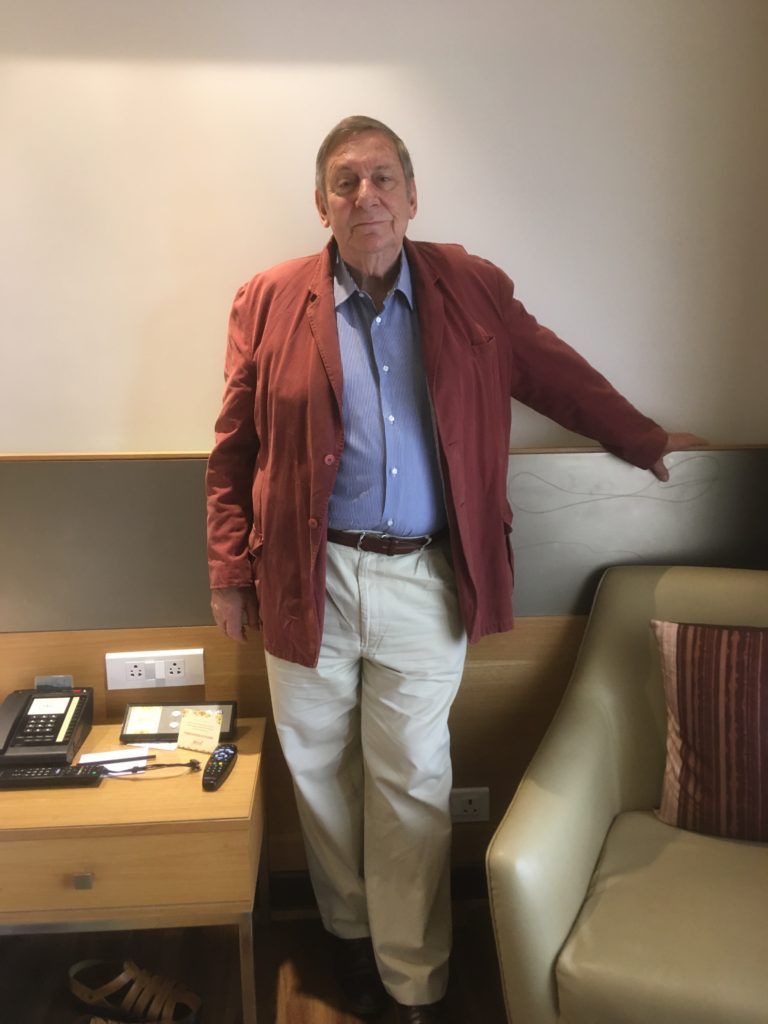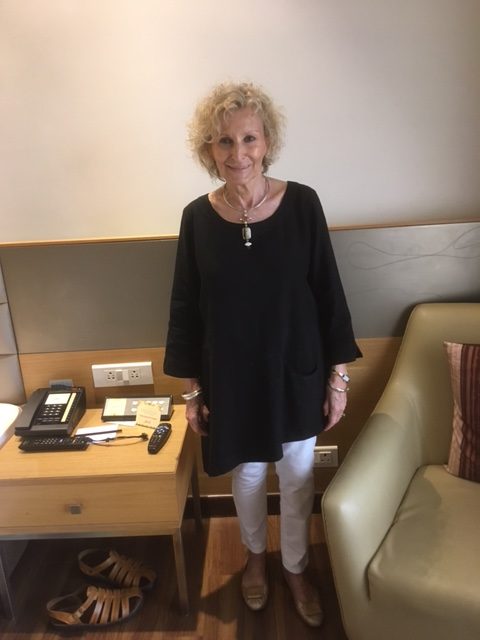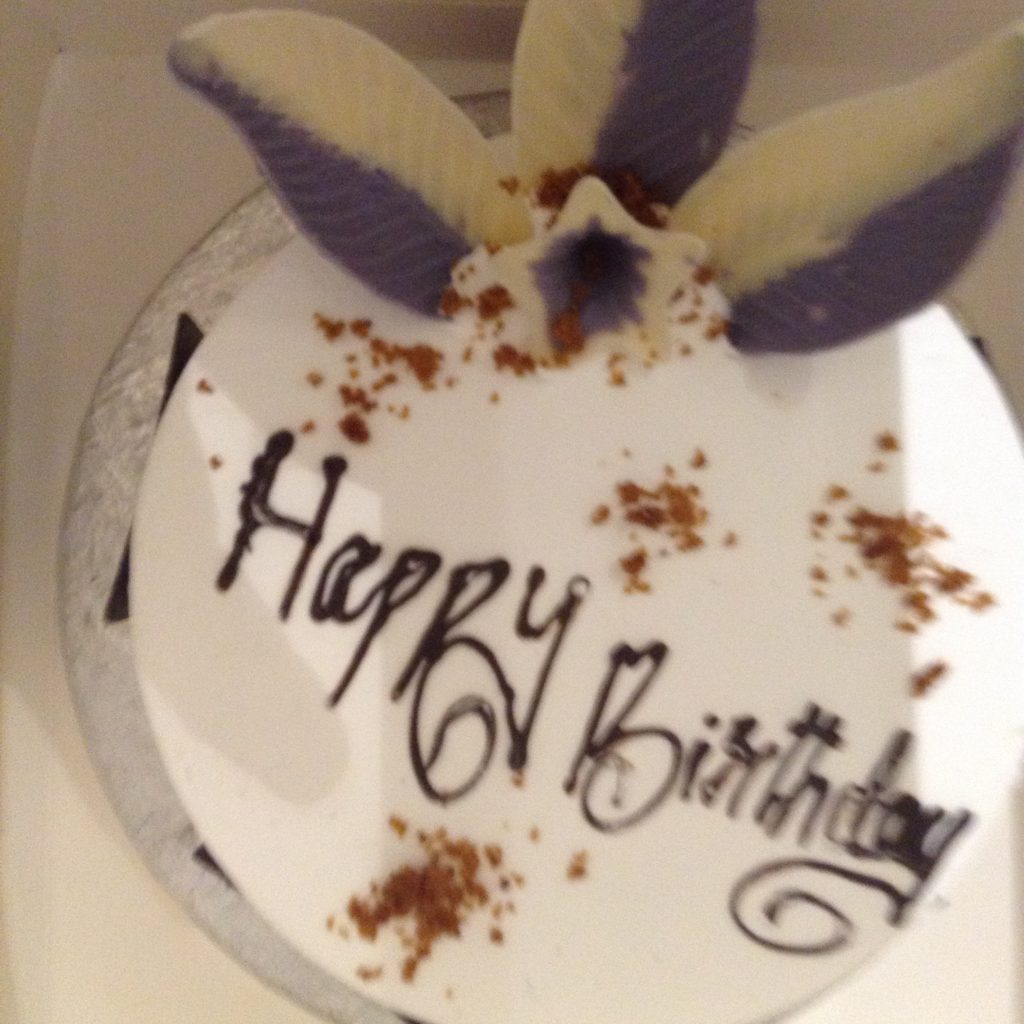Chennai seems to be undergoing massive and rapid change, at any rate in the centre, from which we radiate to our various destinations. There are glimpses of colourful temples and a surprising number of churches and mosques, but the overall impression is of modernity, fast moving, fast changing, yet undoubtedly Indian and somewhat chaotic. None of this is helped by the massive construction works underway for the Chennai Metro system. That said, there are parts where one sees beautiful 18th, 19th and early 20th century buildings behind scaffolding awaiting restoration and indeed some have even been restored. However, as it is not the easiest place to stroll around, except for the Marina Beach walk in the evenings, these buildings proved impossible to photograph in our limited time. So here are a couple of shop fronts and one of the several hospitals in the city
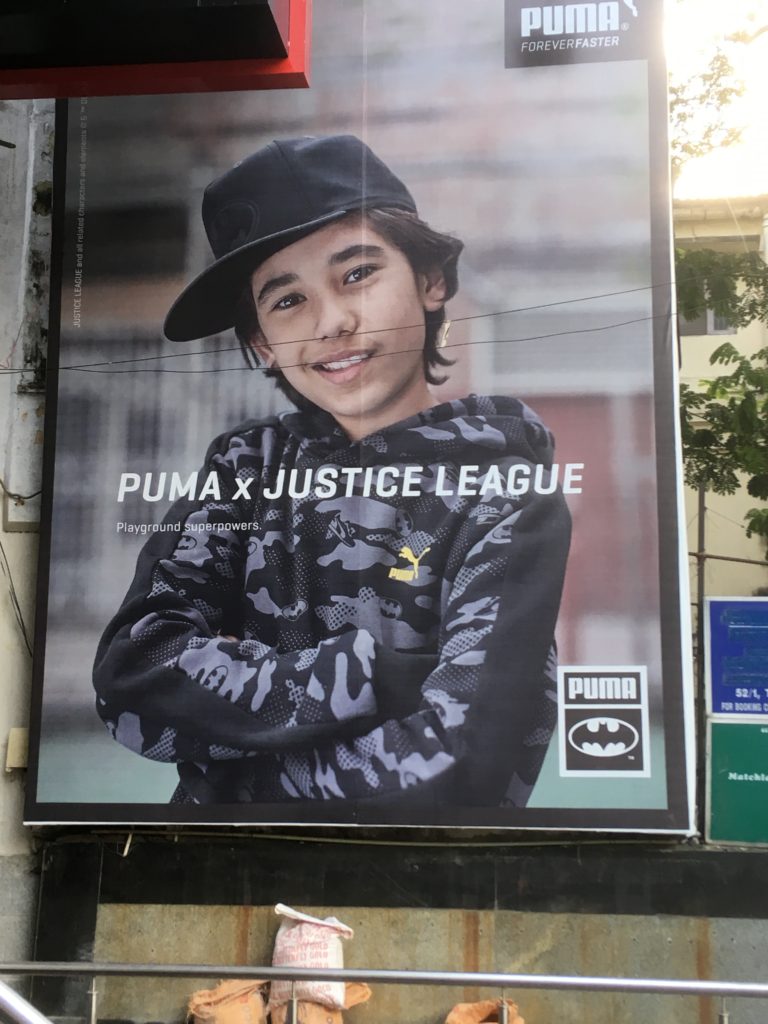
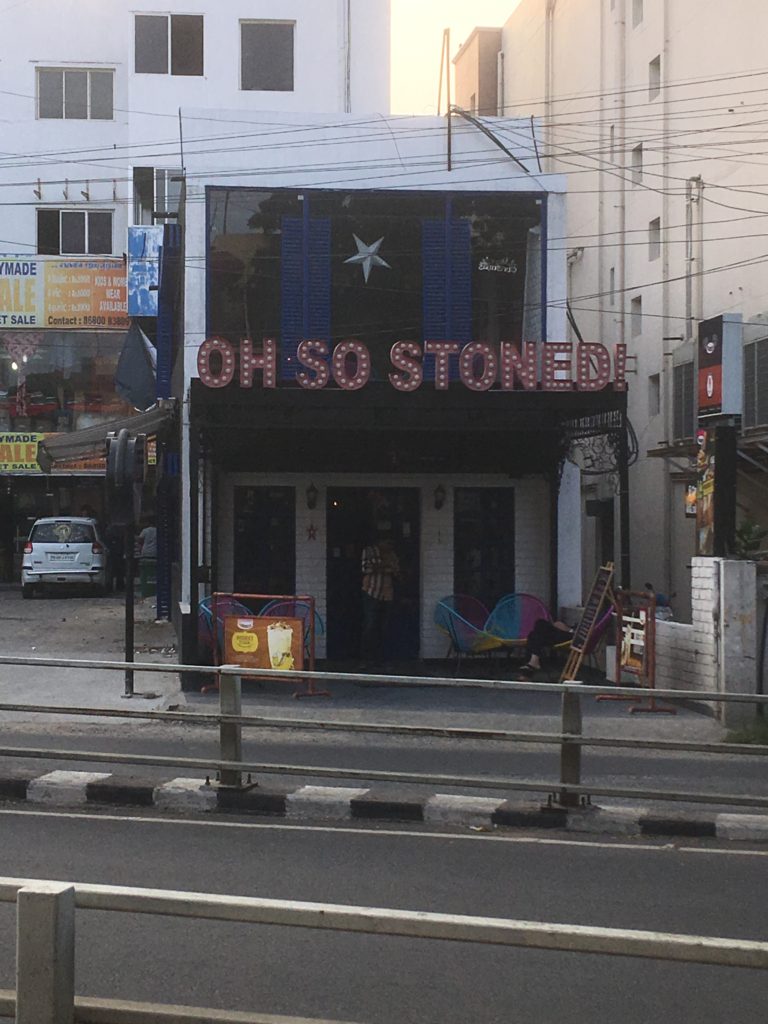
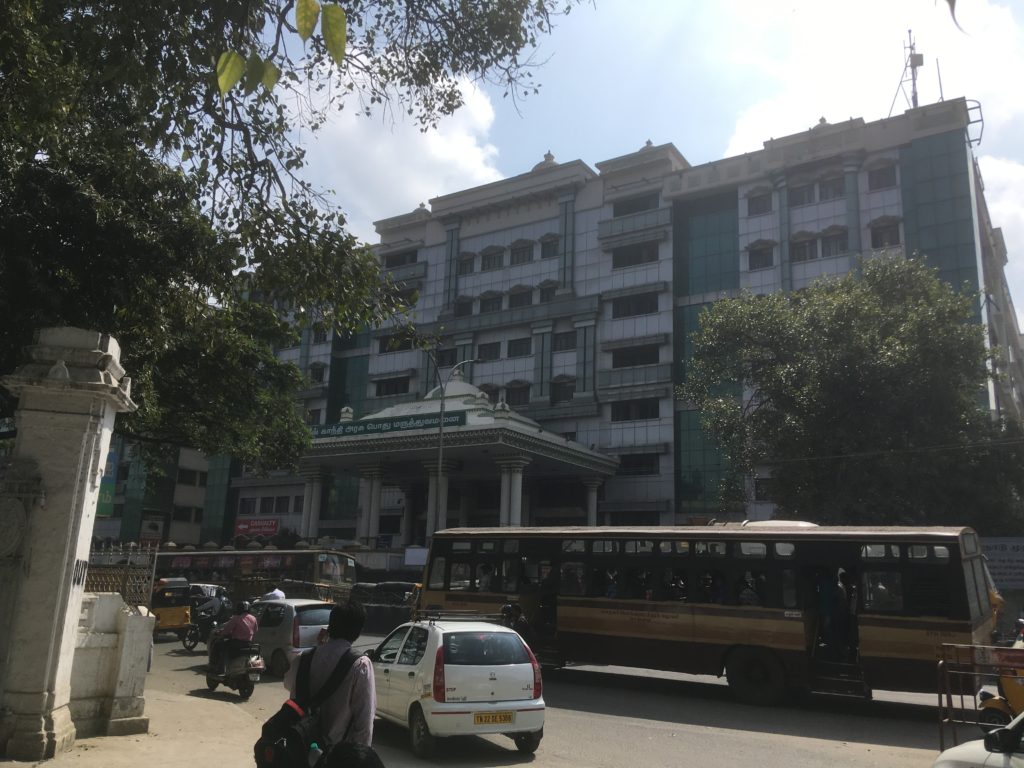
The main reason for visiting Chennai, apart from taking the train to Mysore, has been to see Fort St George, built by the East India Company in 1644 and the first of the British trading settlements in India, with the exception of the short lived factory in Surat. The fort, surrounding walls and ramparts were rebuilt and extended from time to time and the area which was once the administrative centre and Governor’s residence of the Madras Presidency is now home to the Legislative Assembly and Secretariat of the state of Tamil Nadu.
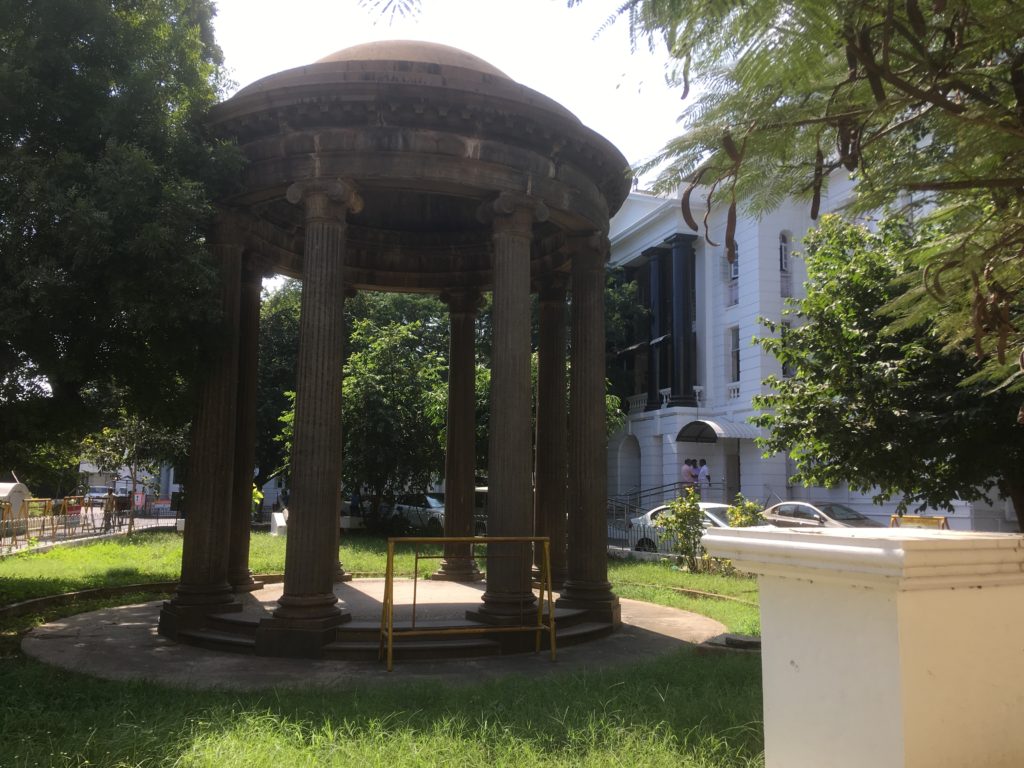
Unfortunately, one is not allowed to take interior photos of the museum, completed in 1795 when it housed the Madras Bank. On three floors there was assembled a rich display of weapons, medals, coins and ceramics and paintings of the colonial period. Along with the canons, guns, sabres and daggers, were beautiful examples of uniforms of both the British and Indians over the long period of the Raj. The first floor gallery containing portraits of the British rulers and several Governors, all usually in court dress, includes also paintings of the Nawabs of Arcot and other Indian princes in their very beautiful robes.
Among the objects on display are letters by Lord Cornwallis and an impressive statue of him, as well as letters by Clive of India and his marriage entry in the registry of the Anglican church of St Mary’s.
On the top floor, there is a brief history of the Indian Independence movement, with the names of all who lost their lives in the cause and photos of many of them
From the museum, we went to St Mary’s, the oldest Anglican Church In India, completed in 1680 which is also within the Fort area. It contained many touching tombstones of soldiers, company officers, political agents and sometimes of their wives and children.
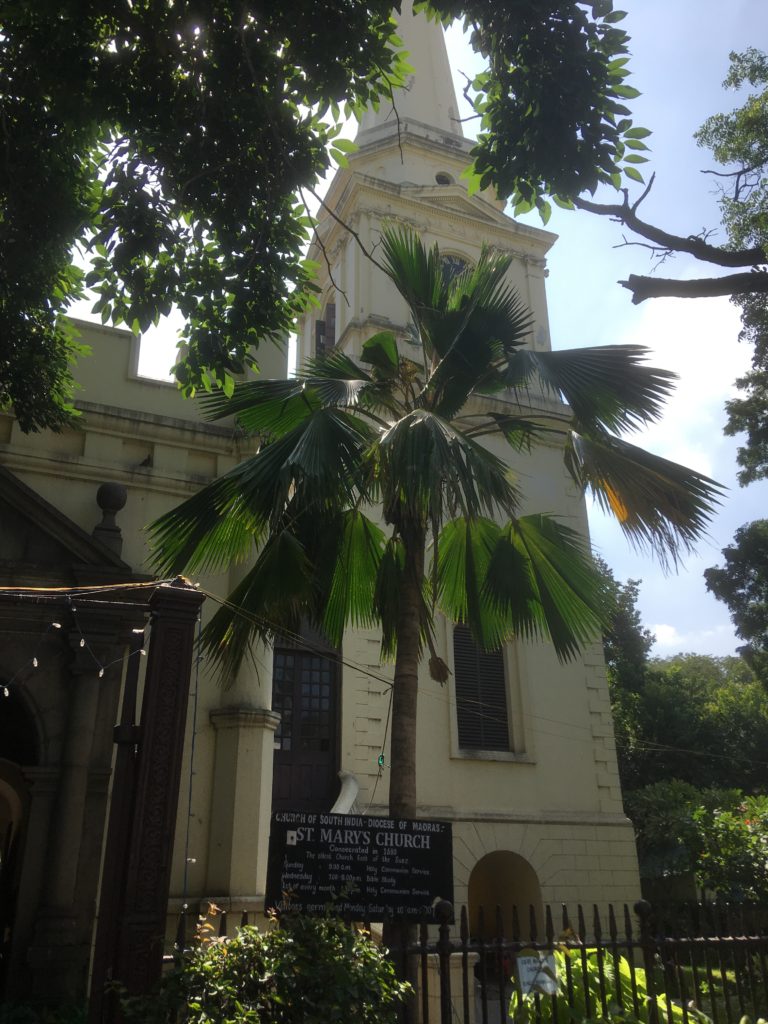
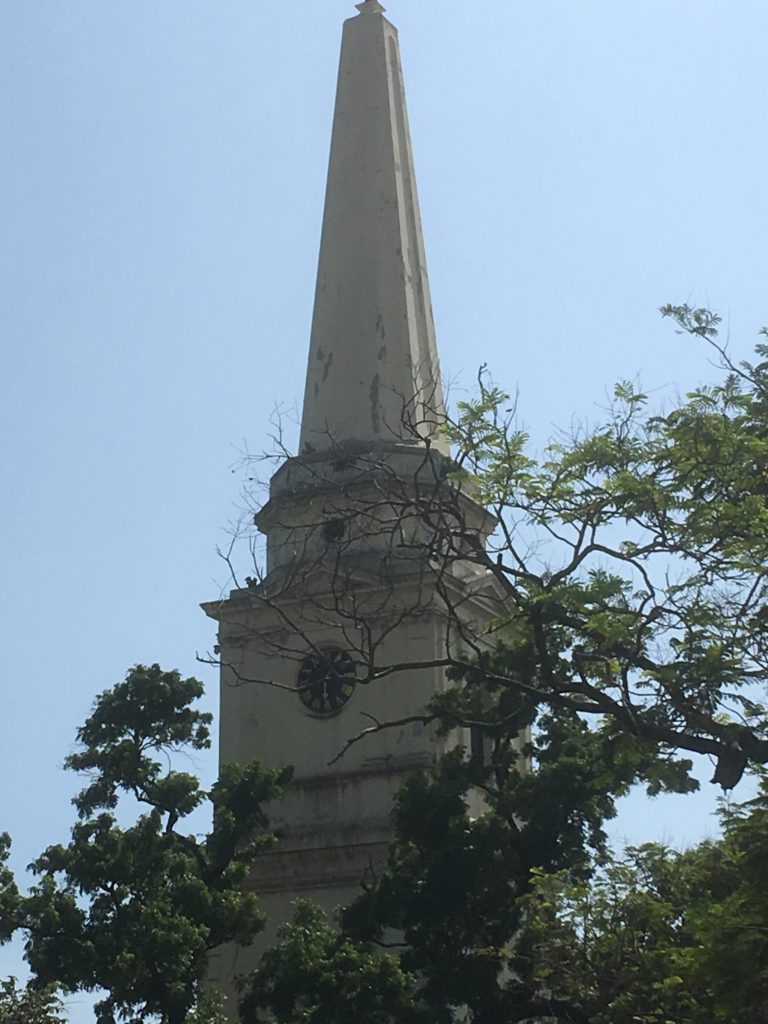
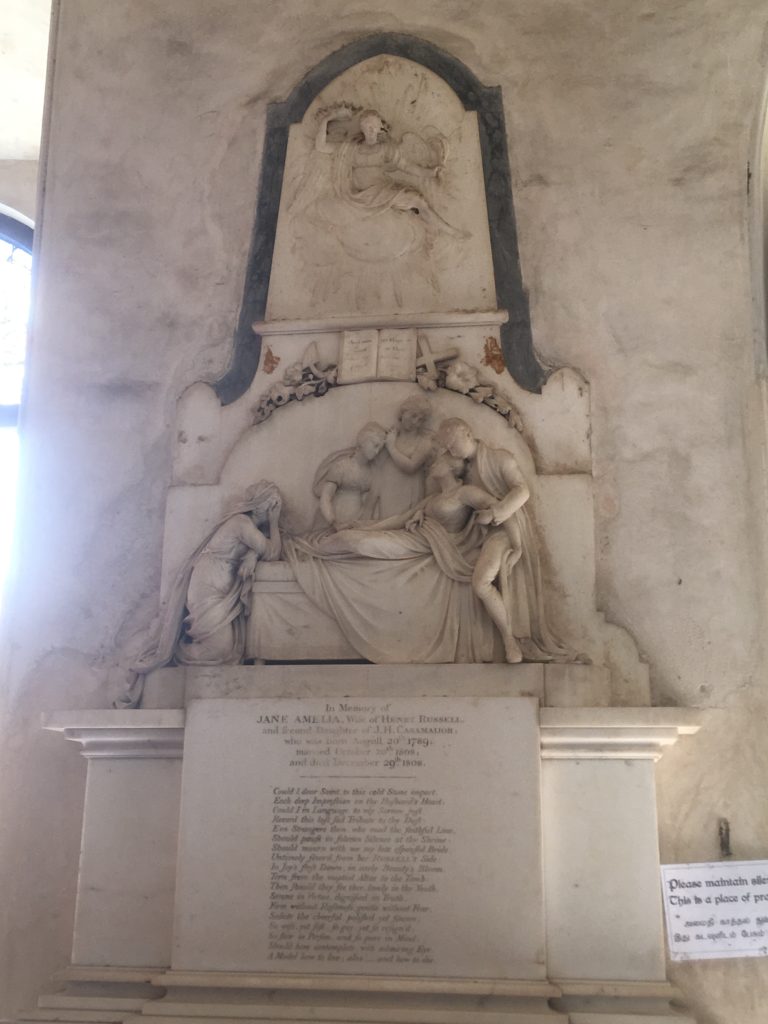
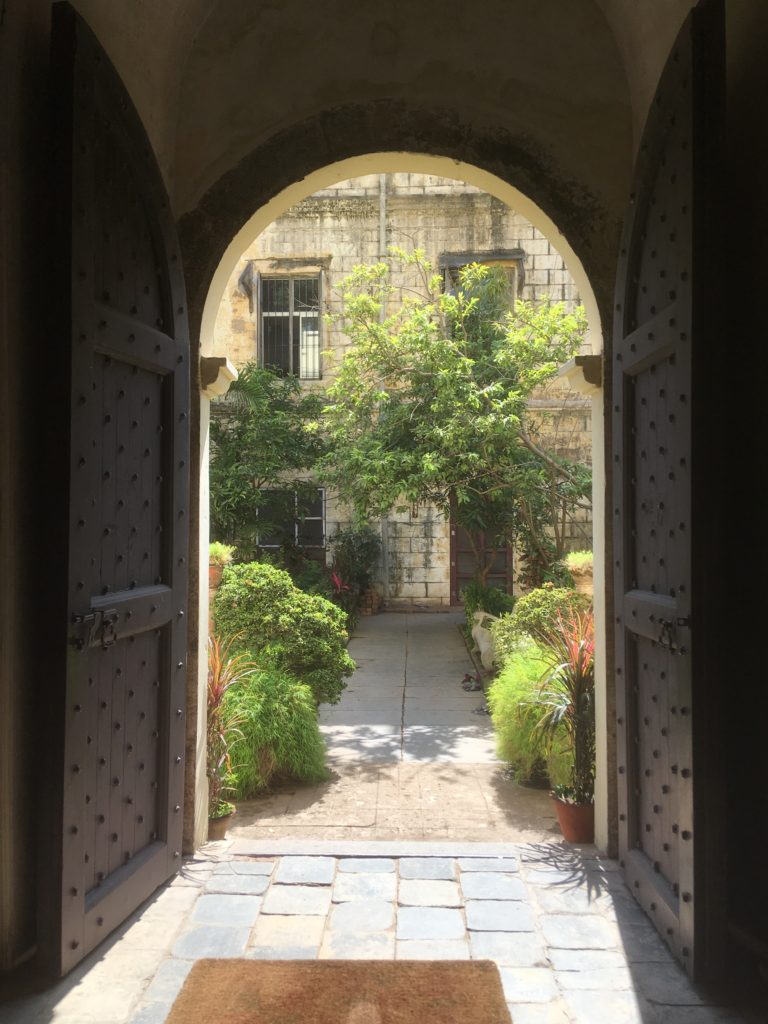
From here we rode in a Tuk Tuk driven by a woman, which was the least hair raising of our drives, to the Roman Catholic Cathedral of Saint Thomas. This was founded by the Portuguese in the 16th Century and is also the site of some of the remains of St Thomas (Doubting Thomas).

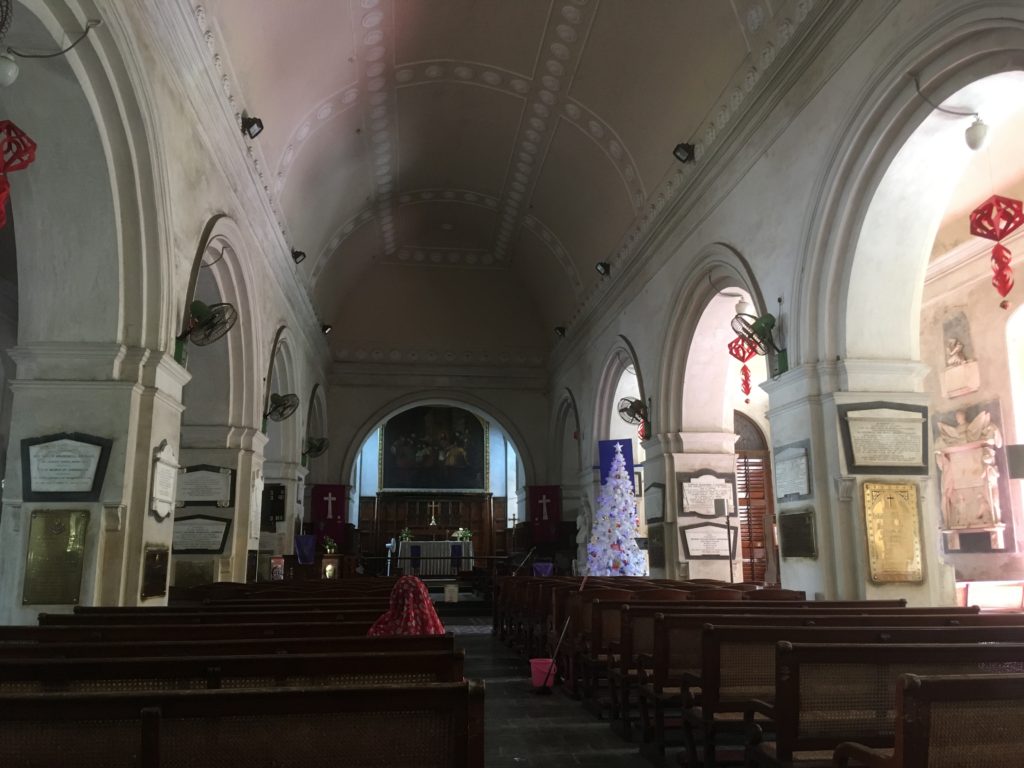
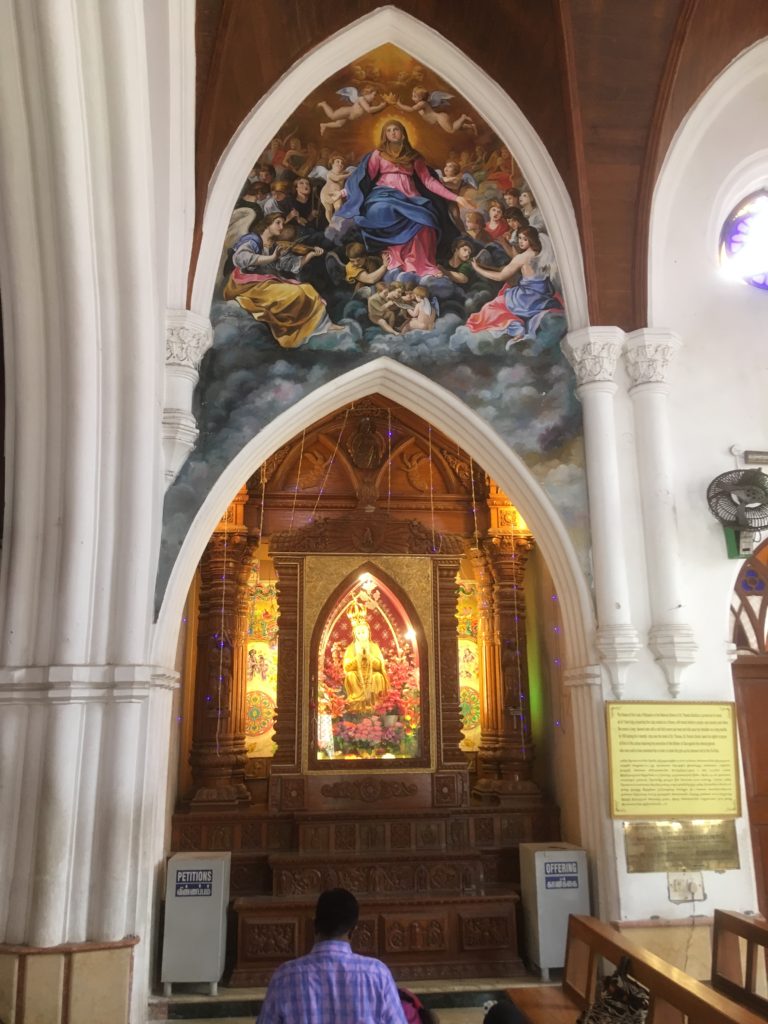 A kindly TukTuk driver guided us to an excellent Vegie Restaurant for a late meal. It is next door to the Indian Zoological Survey and was filled with well dressed professional men and women from this instituition. The food was simple but very good. We have established that there is no such dish as Madras Curry on any of the menus that we have seen and wonder whether it is like ‘spaghetti bolognese’ a dish that only foreigners know of and eat.
A kindly TukTuk driver guided us to an excellent Vegie Restaurant for a late meal. It is next door to the Indian Zoological Survey and was filled with well dressed professional men and women from this instituition. The food was simple but very good. We have established that there is no such dish as Madras Curry on any of the menus that we have seen and wonder whether it is like ‘spaghetti bolognese’ a dish that only foreigners know of and eat.
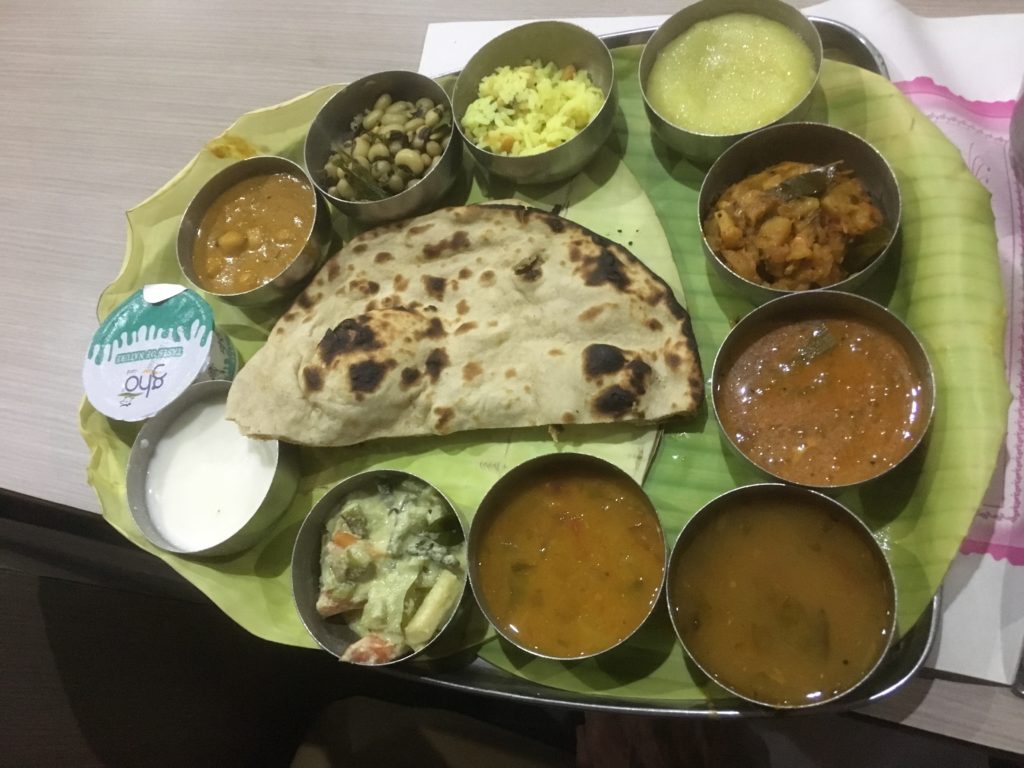
To round off the day we had Ayurvedic massages which we are finding are utterly rejuvenating!
Today we had been invited to lunch at Indian friends of friends in London. A car was sent to collect us and yet again it was an exciting ride, but made less stressful for us as passengers in a comfortable car as opposed to a tuk tuk. It was extremely interesting to meet such a delightful couple, who helped us to understand much that we have not fully grasped about Indian history and culture. In addition to that, the home cooked food was delicious!
